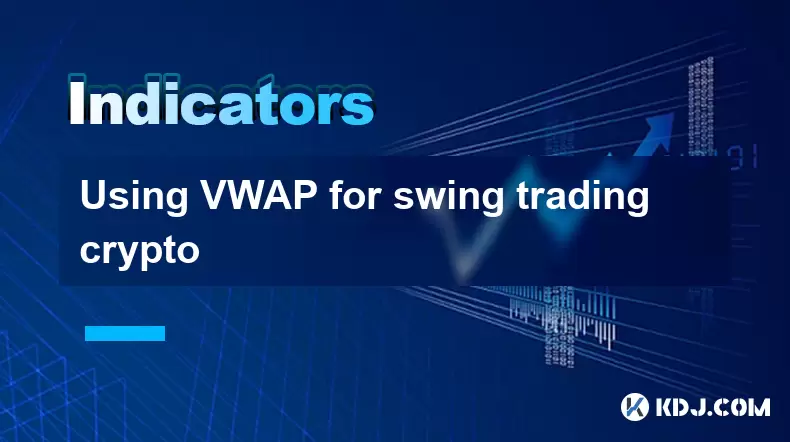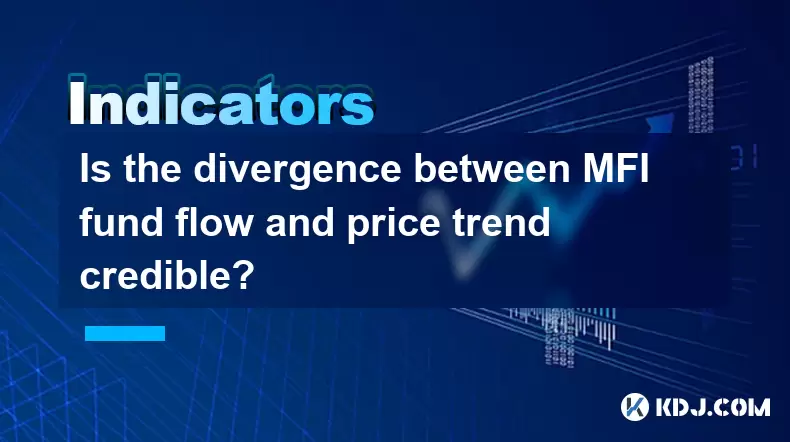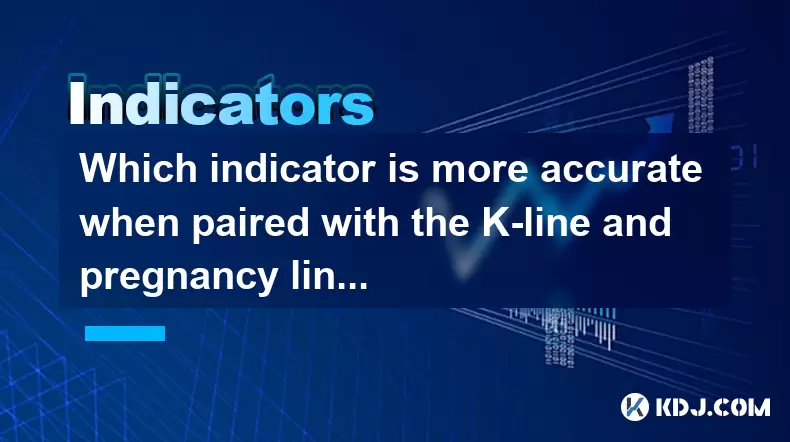-
 Bitcoin
Bitcoin $119300
1.07% -
 Ethereum
Ethereum $3730
3.87% -
 XRP
XRP $3.235
0.29% -
 Tether USDt
Tether USDt $1.000
0.00% -
 BNB
BNB $783.5
1.88% -
 Solana
Solana $188.7
0.25% -
 USDC
USDC $0.0000
-0.01% -
 Dogecoin
Dogecoin $0.2399
-0.44% -
 TRON
TRON $0.3157
2.37% -
 Cardano
Cardano $0.8254
1.94% -
 Hyperliquid
Hyperliquid $42.83
0.14% -
 Stellar
Stellar $0.4372
3.21% -
 Sui
Sui $3.859
4.91% -
 Chainlink
Chainlink $18.53
3.53% -
 Hedera
Hedera $0.2464
0.01% -
 Bitcoin Cash
Bitcoin Cash $519.8
2.46% -
 Avalanche
Avalanche $24.24
2.17% -
 Litecoin
Litecoin $113.7
0.73% -
 UNUS SED LEO
UNUS SED LEO $8.990
0.30% -
 Shiba Inu
Shiba Inu $0.00001390
0.21% -
 Toncoin
Toncoin $3.188
1.49% -
 Ethena USDe
Ethena USDe $1.001
0.02% -
 Polkadot
Polkadot $4.090
-0.91% -
 Uniswap
Uniswap $10.40
4.08% -
 Monero
Monero $326.6
3.12% -
 Bitget Token
Bitget Token $4.627
-0.42% -
 Pepe
Pepe $0.00001281
0.76% -
 Dai
Dai $1.000
0.01% -
 Aave
Aave $291.6
0.98% -
 Cronos
Cronos $0.1269
7.26%
Using VWAP for swing trading crypto
VWAP helps crypto swing traders identify key support/resistance levels by weighting price with volume, offering dynamic entry/exit signals when combined with momentum indicators.
Jul 11, 2025 at 11:35 am

What Is VWAP and Why It Matters in Crypto Swing Trading
VWAP, or Volume Weighted Average Price, is a trading indicator used to determine the average price of an asset based on both volume and price over a specified time period. In the context of crypto swing trading, VWAP becomes particularly useful because it provides traders with insights into price trends supported by high trading volumes. Unlike simple moving averages, which only consider closing prices, VWAP gives more weight to periods where higher trading activity occurs.
This weighted approach helps traders identify key support and resistance levels, especially in highly volatile crypto markets where sudden surges and dips are common. When the current price is above VWAP, it often signals accumulation, while a price below VWAP may indicate distribution.
How to Calculate VWAP for Cryptocurrency Assets
To effectively use VWAP, understanding how to calculate it accurately is crucial. The formula involves several steps:
- Multiply the typical price (calculated as (high + low + close)/3) of each candlestick interval by the volume traded during that interval.
- Sum up these values to get the cumulative total price-volume product.
- Divide this cumulative value by the total volume traded over the same period.
For example, if you're analyzing 1-hour candles for Bitcoin, you would calculate the typical price for each hour, multiply by the volume, keep a running sum, and then divide by the total volume from the start of your VWAP window to the current point.
Most crypto charting platforms such as TradingView or Binance’s native tools automatically compute VWAP, but knowing how the calculation works ensures you interpret its movements correctly. This knowledge is essential when integrating VWAP into a swing trading strategy.
Incorporating VWAP Into Your Swing Trading Strategy
In swing trading, the goal is to capture gains from short- to medium-term price swings. VWAP serves as a dynamic reference point for entry and exit decisions. Here's how to apply it effectively:
- Use VWAP as a mean reversion level: If the price pulls back to VWAP in an uptrend, it can be a good buying opportunity.
- Conversely, in a downtrend, a bounce toward VWAP might offer a short-selling setup.
- Combine VWAP with other indicators like RSI or MACD to confirm momentum and filter out false signals.
A practical scenario: Ethereum is trending upward, and after a minor correction, the price touches the VWAP line. If RSI is not in overbought territory and MACD shows bullish divergence, this could signal a re-entry point for long positions.
Setting Up VWAP on Popular Trading Platforms
To begin using VWAP, you need to configure it properly on your preferred trading platform. Here’s how to do it on some commonly used platforms:
- On TradingView, go to the indicators menu, search for "VWAP," and add it to your chart. You can adjust settings such as anchor points to reset the VWAP calculation at specific intervals (e.g., daily).
- On Binance's native charting tool, click on the 'Indicators' button, type "VWAP" in the search bar, and enable it. You may also customize the color and thickness of the VWAP line for better visibility.
- On Coinbase Pro, VWAP isn't directly available, but third-party integrations or browser extensions can overlay it onto the charts.
Once set up, ensure you're viewing the VWAP line in relation to the candlestick patterns and volume bars. A rising VWAP line suggests strength, while a flattening or declining line indicates weakening momentum.
Identifying Entry and Exit Points Using VWAP
One of the most powerful applications of VWAP in swing trading is determining strategic entry and exit points. Here’s how experienced traders use it:
- Look for price retracements to VWAP in a strong trend as potential entries. For instance, if Litecoin is in an uptrend and pulls back to touch VWAP before bouncing again, this can be a low-risk buying zone.
- Consider exiting partial or full positions when the price moves significantly away from VWAP, especially if accompanied by overbought conditions or bearish candlestick patterns.
- Set stop-loss orders just below VWAP in uptrends or just above VWAP in downtrends to manage risk efficiently.
Traders often use multiple timeframes—such as the 4-hour chart for trend identification and the 1-hour chart for entry timing—to enhance accuracy. VWAP acts as a filter to avoid chasing breakouts without sufficient volume backing.
Managing Risk with VWAP Signals
While VWAP is a powerful tool, it should never be used in isolation. Incorporating proper risk management techniques alongside VWAP analysis is essential:
- Always use position sizing based on your account size and the distance between your entry and stop-loss levels.
- Avoid taking trades solely because the price is near VWAP; instead, look for confluence with support/resistance zones or trendlines.
- Be cautious in low-volume conditions, where VWAP can give misleading signals due to insufficient data points.
An effective practice is to mark key VWAP levels across different timeframes. For example, tracking both the daily and weekly VWAP for Bitcoin can help assess whether a pullback is a healthy consolidation or a sign of deeper weakness.
Frequently Asked Questions
Q: Can VWAP be used for intraday crypto trading as well?
Yes, VWAP is widely used in intraday trading. Traders often reset the VWAP at the beginning of each session to align with daily market rhythms. Intraday VWAP helps identify momentum shifts within shorter timeframes and supports scalping strategies when combined with volume spikes.
Q: Does VWAP work well with altcoins, or is it mainly for major cryptocurrencies like BTC and ETH?
VWAP works with all tradable assets, including altcoins. However, its effectiveness increases with higher liquidity and volume. For less liquid altcoins, VWAP may lag or provide delayed signals, so additional filters like on-chain volume or market depth are recommended.
Q: How does VWAP differ from a regular moving average in crypto trading?
The main difference lies in the weighting mechanism. While a moving average assigns equal weight to all price points, VWAP weights each price by volume, making it more reflective of actual buying and selling pressure. This makes VWAP more responsive to significant volume-driven moves in crypto markets.
Q: What timeframe is best for VWAP in crypto swing trading?
Swing traders typically use 4-hour or daily charts for VWAP, as these timeframes balance responsiveness and reliability. Shorter timeframes like 1-hour can be used for entry confirmation, while longer timeframes help assess broader trends.
Disclaimer:info@kdj.com
The information provided is not trading advice. kdj.com does not assume any responsibility for any investments made based on the information provided in this article. Cryptocurrencies are highly volatile and it is highly recommended that you invest with caution after thorough research!
If you believe that the content used on this website infringes your copyright, please contact us immediately (info@kdj.com) and we will delete it promptly.
- NFTs, Trademarks, and Judgments: A New York Minute on the Yuga Labs Case
- 2025-07-25 12:30:11
- Bitcoin, Jim Cramer, and the US Deficit: A Wall Street Story
- 2025-07-25 10:30:11
- TGEs, Scalability & Privacy Tech: Decoding the Future of Blockchain
- 2025-07-25 10:30:11
- Crypto Payroll Revolution: How Stablecoins are Changing the Salary Game
- 2025-07-25 12:30:11
- Ben Askren, FUNKY Memecoin, and the Fallout: A New York Minute
- 2025-07-25 10:50:11
- TRON, Crypto Payroll, and Stablecoins: A New York Minute on the Future of Finance
- 2025-07-25 08:30:11
Related knowledge

Is the divergence between MFI fund flow and price trend credible?
Jul 25,2025 at 12:01pm
Understanding MFI and Fund Flow in Cryptocurrency MarketsThe Money Flow Index (MFI) is a technical oscillator that combines price and volume to assess...

Should I go all in when DIF crosses DEA?
Jul 25,2025 at 12:42am
Understanding DIF and DEA in MACD AnalysisWhen traders analyze DIF and DEA in the context of the Moving Average Convergence Divergence (MACD) indicato...

Should I go all in when the upper edge of the box is broken?
Jul 25,2025 at 01:50am
Understanding the 'Box' in Cryptocurrency Price ChartsThe term 'box' in cryptocurrency trading typically refers to a price consolidation range where t...

Should I go all in when the parabolic turning signal appears?
Jul 25,2025 at 06:36am
Understanding the Parabolic Turning Signal in Crypto TradingThe parabolic turning signal is a technical indicator derived from the Parabolic SAR (Stop...

Should I follow up with a full position when the trading volume suddenly increases?
Jul 25,2025 at 12:28am
Understanding Sudden Increases in Trading VolumeA sudden spike in trading volume often signals heightened market activity and can indicate that new in...

Which indicator is more accurate when paired with the K-line and pregnancy line combination?
Jul 25,2025 at 05:43am
Understanding the K-Line and Pregnancy Line CombinationThe K-line, also known as the Japanese candlestick chart, is a foundational tool in technical a...

Is the divergence between MFI fund flow and price trend credible?
Jul 25,2025 at 12:01pm
Understanding MFI and Fund Flow in Cryptocurrency MarketsThe Money Flow Index (MFI) is a technical oscillator that combines price and volume to assess...

Should I go all in when DIF crosses DEA?
Jul 25,2025 at 12:42am
Understanding DIF and DEA in MACD AnalysisWhen traders analyze DIF and DEA in the context of the Moving Average Convergence Divergence (MACD) indicato...

Should I go all in when the upper edge of the box is broken?
Jul 25,2025 at 01:50am
Understanding the 'Box' in Cryptocurrency Price ChartsThe term 'box' in cryptocurrency trading typically refers to a price consolidation range where t...

Should I go all in when the parabolic turning signal appears?
Jul 25,2025 at 06:36am
Understanding the Parabolic Turning Signal in Crypto TradingThe parabolic turning signal is a technical indicator derived from the Parabolic SAR (Stop...

Should I follow up with a full position when the trading volume suddenly increases?
Jul 25,2025 at 12:28am
Understanding Sudden Increases in Trading VolumeA sudden spike in trading volume often signals heightened market activity and can indicate that new in...

Which indicator is more accurate when paired with the K-line and pregnancy line combination?
Jul 25,2025 at 05:43am
Understanding the K-Line and Pregnancy Line CombinationThe K-line, also known as the Japanese candlestick chart, is a foundational tool in technical a...
See all articles

























































































